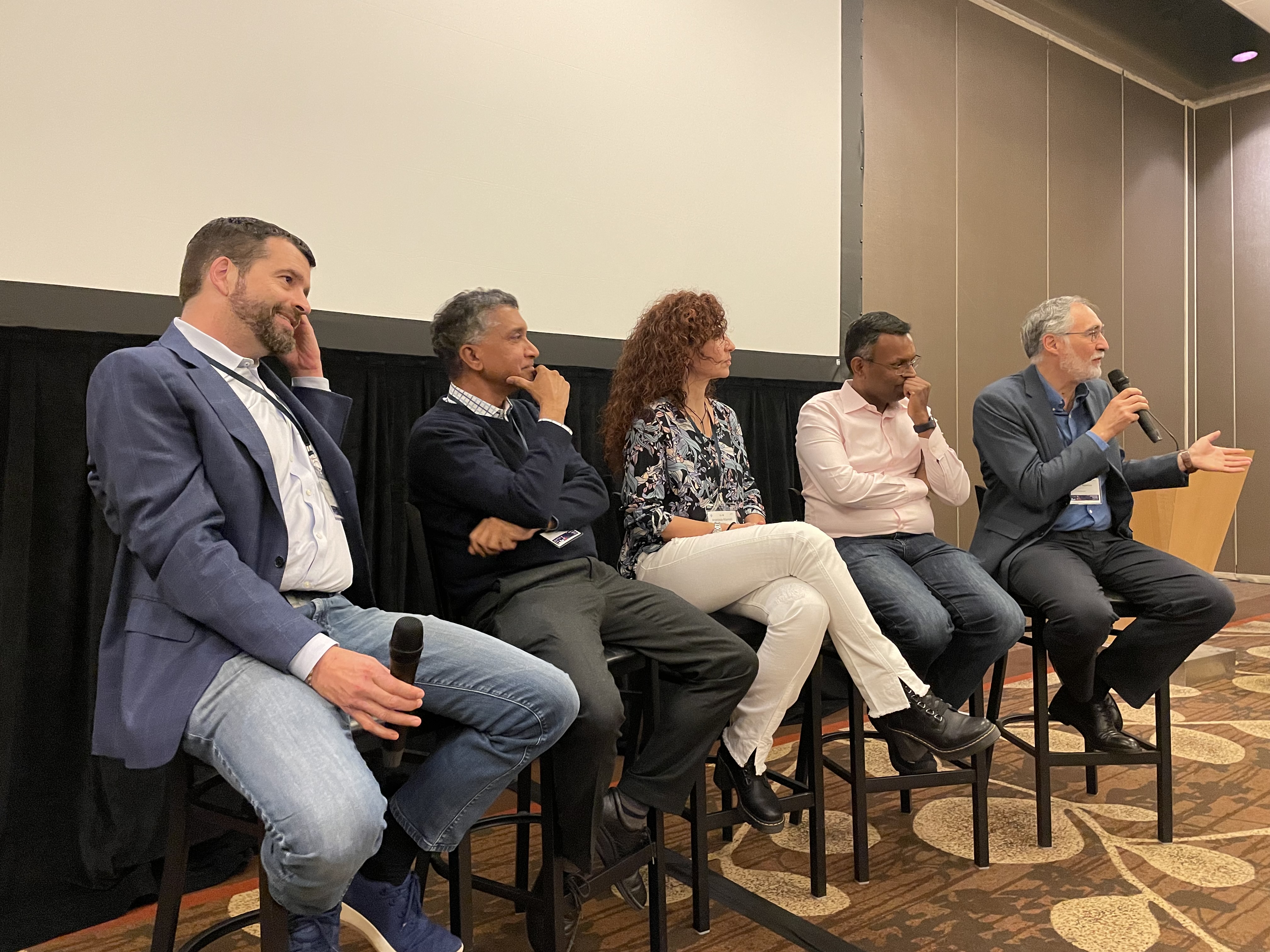Lessons from giant-scale services
This is a 2001 paper by Eric Brewer summarizing the lessons he learned from designing and developing giant-scale internet services ( see Inktomi ) between 1995-2001. This paper does not mention the CAP theorem at all! This is very surpising given that CAP theorem is what Brewer is famous to most people in the internet services domain. (CAP theorem is very famous and has been very influential for the design of Internet services and cloud computing systems. CAP theorem was first mentioned in publication in 1998 paper , and then presented in PODC'00 keynote by Brewer. See these two posts for a detailed treatment of the CAP theorem.) Instead this paper is all about DQ principle as a design guideline for internet services. The paper mentions Harvest and Yield which may be seen as finer granularity versions of Consistency and Availability respectively, and may connect back to the CAP theorem. I discuss that connection at the end. DQ principle In the web services model, clie








